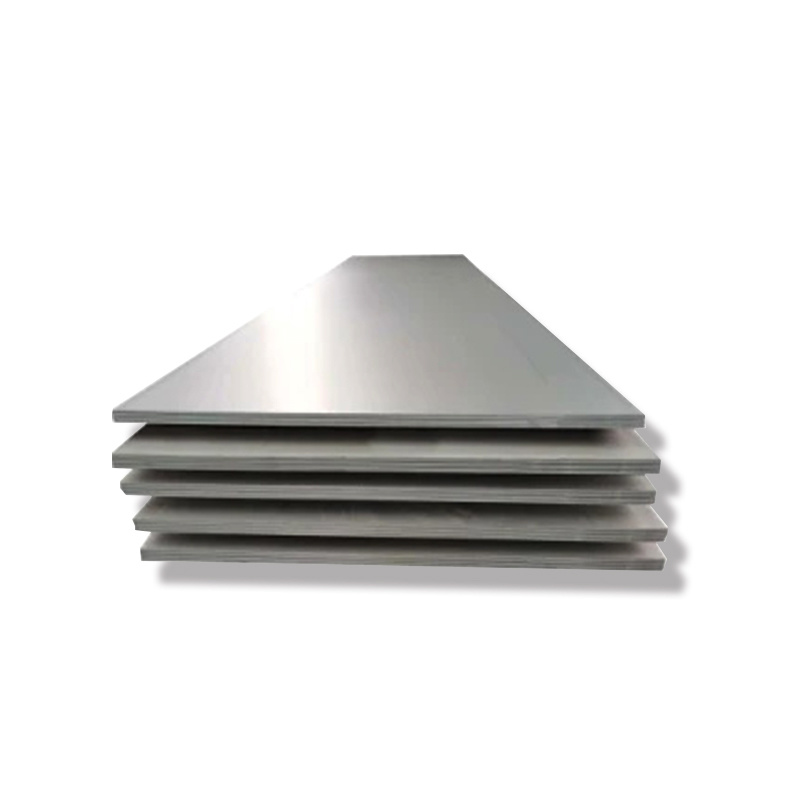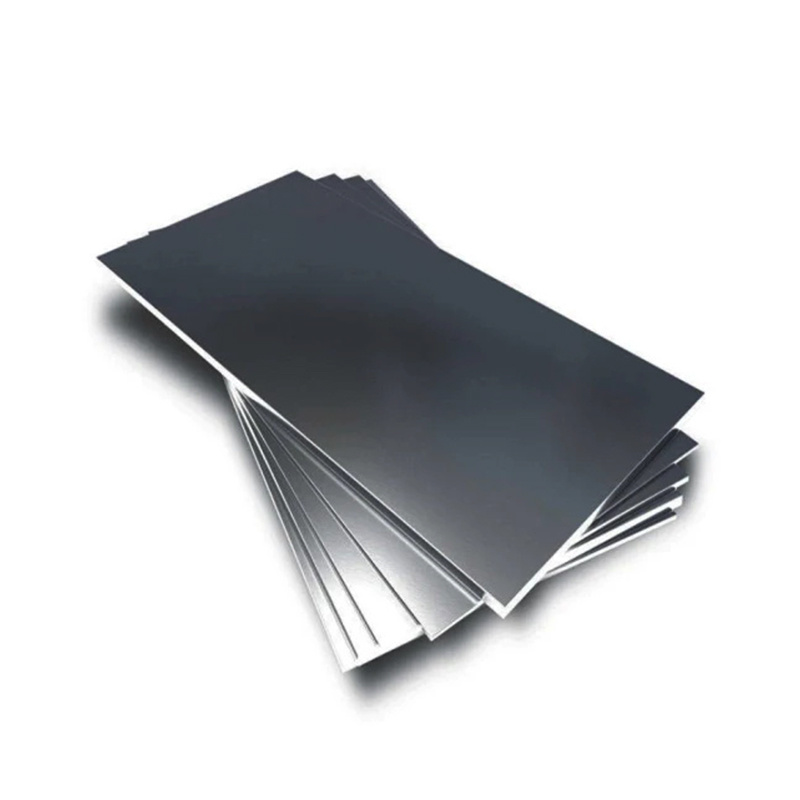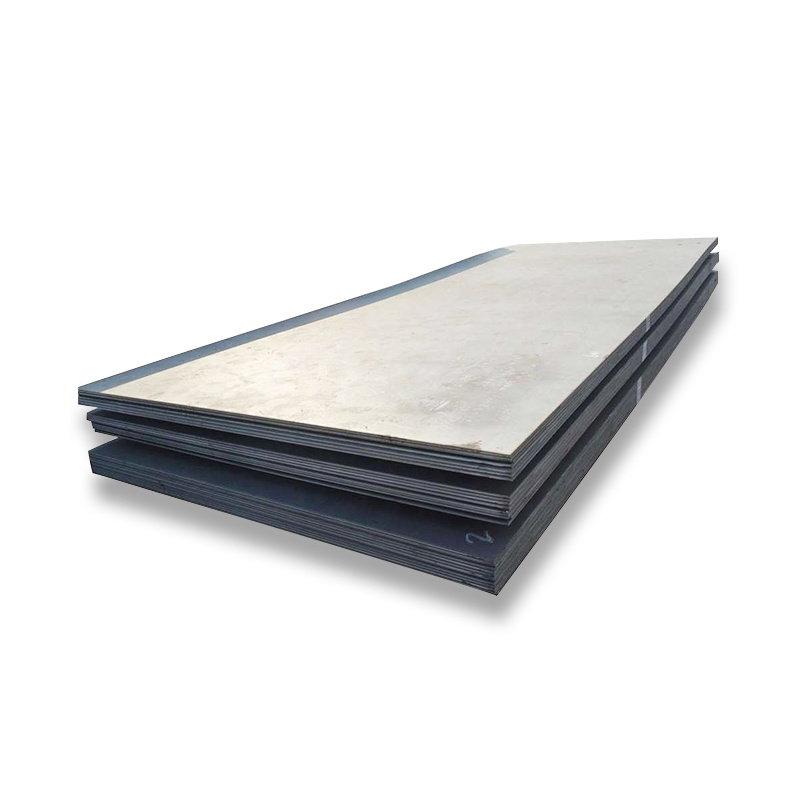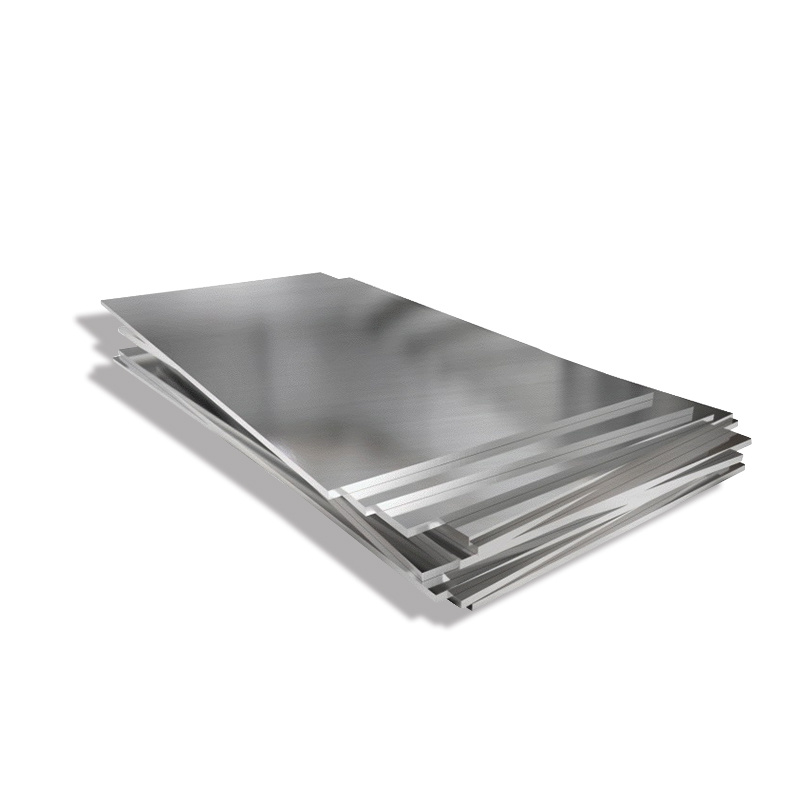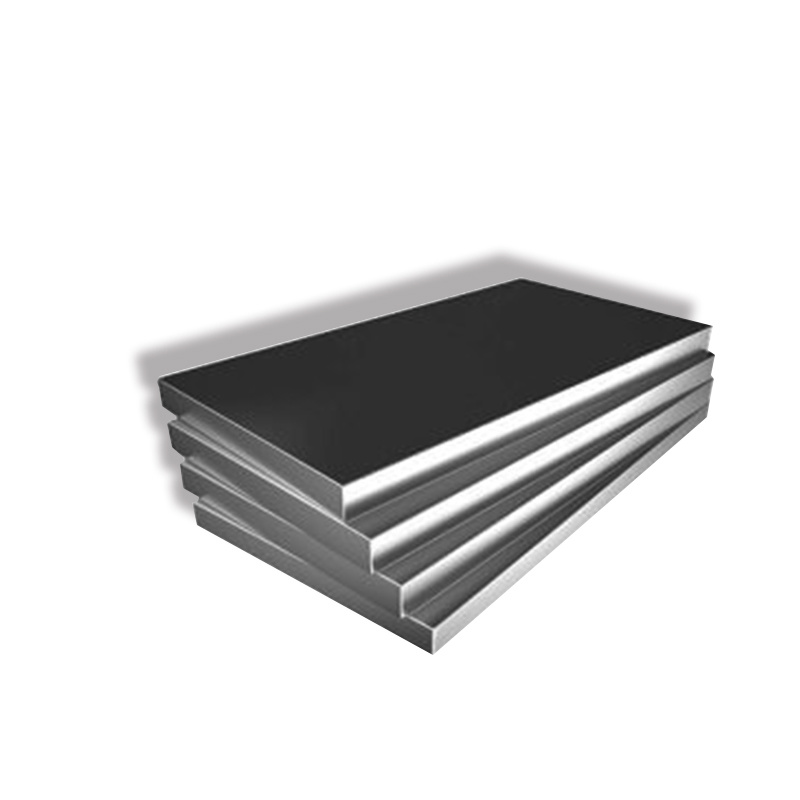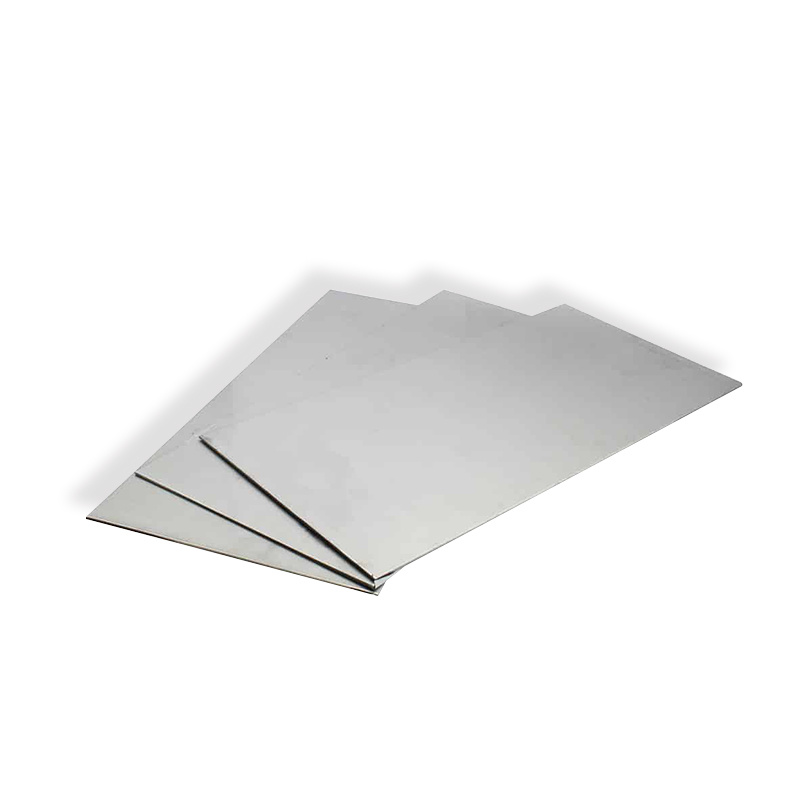PRODUCT CENTER
CONTACT US
If you are interested in cooperation, please contact us immediately, we will give you feedback as soon as possible!
Mobile
The mechanical properties of 405 stainless steels are important in determining their suitability for various applications. This steel has excellent workability and is easy to cut and shape into different shapes. In addition, the material exhibits a good level of strength and hardness, making it wear-resistant and tear-resistant. A remarkable characteristic of 405 stainless steel is its ductility, which refers to its ability to deform under pressure without breaking. This property makes the metal suitable for forming processes such as bending and rolling without cracking or breaking.
409 is a general purpose chromium, titanium stabilized ferritic stainless steel, its main application is automotive exhaust systems. It contains 11% chromium, which is the lowest amount to form a passive surface film, which makes stainless steel corrosion resistant. It combines good high temperature corrosion resistance, medium strength, good formability and overall cost. Compared with carbon steel, 409 has strong corrosion resistance and is used as a substitute for carbon steel in mildly challenging environments. In this environment, its high resistance to corrosion and high temperature oxidation has advantages. It is usually used in applications where appearance is a secondary quality to mechanical properties and corrosion resistance.
GB/T700 GB/T1591 Carbon Steel Plate
The equivalent material of GB/T700 Q275 carbon steel and low alloy steel plate is S275JR steel plate. S275JR steel plate is a general-purpose carbon structural steel. This steel is similar to the steels listed in China GB/T700 and GB/T1591. It is also a carbon structural steel and low alloy structural steel used in engineering steel and structural steel, which is usually not heat treated. GB/T1591 steel plate is a Chinese standardized low alloy medium tensile strength steel plate produced by hot rolling process. GB/T1591 steel plate has a variety of manufacturing purposes.
410 is a basic general-purpose martensitic stainless steel, used for high-stress parts, with good corrosion resistance and high strength and hardness. The alloy 410 contains at least 11.5 percent chromium, which is just enough to exhibit corrosion resistance in mild atmospheres, vapors, and many mild chemical environments. It is a general-purpose grade, usually provided in a hardened but still processable condition, for applications that require high strength, medium heat resistance and corrosion resistance. After the 410 is hardened, tempered and polished, it shows the greatest corrosion resistance.
416 is a martensitic free-working chromium steel alloy, which is generally considered a first free-working stainless steel. It has the highest machinability of any stainless steel, about 85% of free-machining carbon steel. Martensitic stainless steels are designed to harden by heat treatment and have corrosion resistance. Although the corrosion resistance of 416 alloy and other martensitic stainless steels is not as good as that of austenitic or ferritic stainless steels, it still exhibits good corrosion and oxidation resistance and high strength in hardened and tempered conditions.
420 is a hardenable martensitic stainless steel that contains at least 12% chromium, just enough to provide corrosion resistance. It has good ductility in the annealed condition, but can be hardened to a minimum Rockwell hardness of 50 HRC, which is the highest hardness in the 12% chromium scale. Due to its hardening properties, 420 are not often welded, although this is possible. Martensitic stainless steel is designed for high hardness, and sometimes other properties will be affected to a certain extent. The corrosion resistance is lower than that of ordinary austenite grades, and its effective operating range is limited by its ductility loss at sub-zero temperatures and strength loss due to excessive tempering at high temperatures. The best corrosion resistance is obtained when the metal is hardened and subjected to surface grinding or polishing.
430 grade is a ferritic, straight chromium, non-hardenable grade that combines good corrosion resistance and formability characteristics with useful mechanical properties. Its resistance to nitric acid attack allows it to be used in specific chemical applications, but automotive trim and electrical components represent its largest areas of application.
439 steel is in the ordinary ferrite material (430) on the basis of reducing the content of C, while adding Ti and other stabilizing elements, so that the steel intergranular corrosion resistance, formability and weldability are improved. Compared with the 304 steel, although the elongation is low (about 30%), but the strength, corrosion resistance, and corrosion resistance is better than 200 series materials.


